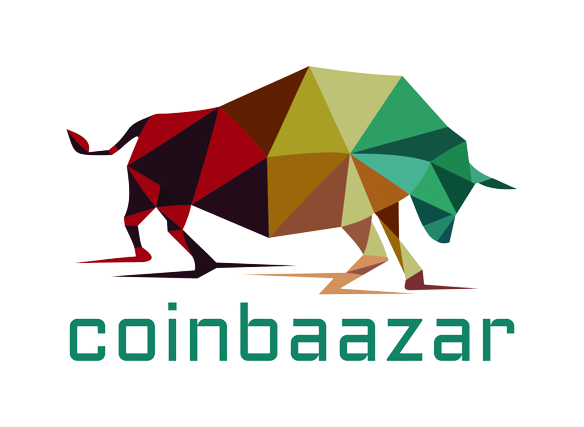LIGHTNING SHINES FOR ITS PRACTICALITY
Micro payments are enabled by applications built on top of the Lightning Network, enabling integrations with existing video games and podcasts.
This is the second article based on the “Understanding Lightning” report compiled by the largest Lightning Network community in Japan, Diamond Hands. The purpose of this report is to provide a nontechnical audience with an overview of Lightning’s technology and ecosystem. The initial article is located here.
MICRO PAYMENTS WITH LIGHTNING APPLICATIONS
Applications that integrate Lightning payments can immediately reap the benefits of micropayment capability, low transaction fees, and immediate settlement. Lightning can theoretically process millions of transactions per second while maintaining Bitcoin’s decentralised and permission less nature, both of which are necessary to serve as the underlying technology for practical applications.
Lightning’s ability to significantly reduce transaction costs and increase speed on a global scale is no small feat. It has the potential to serve billions of unbanked and/or under banked individuals and save billions of dollars in credit card fees alone.
Despite all of this, the cryptocurrency industry as a whole, or what is now commonly referred to as “Web3,” appears to be more focused on various types of applications with proprietary tokens tightly integrated into the service’s core.
Indeed, Web3 projects with built-in tokens have an easier time raising capital from venture capitalists and achieving ultra-fast growth due to the speculative nature of tokens and the expectation that early investors and users will realise substantial gains. In this regard, lightning applications certainly fall short.
Despite the fact that many Lightning applications use the Lightning Network to distribute small amounts of bitcoin (sats) to users, they won’t make you rich quickly, as some Web3 projects with tokens might if you’re fortunate (or if you are an insider, to be more specific).
ISSUES WITH WEB3 APPLICATIONS
Obviously, not everything about Web3 is perfect.
Tokens are frequently an overly powerful incentive that can easily alter the purpose of using the service, thereby degrading the overall product. It blurs the line between the app’s actual utility and short-term speculative demand, frequently attracting the wrong type of indifferent users.
In other words, applications with an existing user base run the risk of alienating their most devoted users by integrating tokens into their core service. Given this, it is not surprising that established game studios such as Blizzard openly refuse to integrate NFTs into their platform.
In addition, the increased legal risks and compliance costs associated with the use of cryptocurrency tokens render the token approach impractical for many established businesses. In addition, it is undeniable that information asymmetry and a lack of regulation surrounding tokens frequently result in fraud, with projects and early investors dumping risk onto retail investors.
WHAT APPS FOR LIGHTNING BRING TO THE TABLE
On the other hand, integrating Lightning payments into existing services is less likely to conflict with the current product design, thereby improving user experience and satisfaction.
For instance, Zebedee, one of the leading Lightning companies for gaming, is attempting to integrate micro bitcoin rewards into existing game titles, thereby transforming them into “play-to-earn” games with real bitcoin.
These rewards are relatively modest, and you will not be able to support yourself on them. Instead, integrating micro Bitcoin rewards can improve user retention and reduce user acquisition costs, making micro reward distribution economically feasible and sustainable for game developers.
I believe the logic to be fairly straightforward. You are not playing solely for financial gain, but if you’re going to play games for fun anyway, you’d rather earn sats while doing so.
Similarly, Fountain employs Lightning for podcasting, rewarding users who listen to their preferred podcasts.
Both of these use cases do not compromise the original intent of the service. Lightning’s micro rewards function as a gentle nudge to continue doing what they enjoy anyway, as opposed to forcing people to play tedious games or listen to unappealing podcasts solely for the purpose of receiving tokens and making quick cash.
CONCLUSION
While we anticipate the discovery of even more novel use cases in the future, there are already a number of concrete use cases that leverage Lightning in remittances, inter-exchange transfers, micro rewards, gaming, and more, thereby reducing transaction costs and enhancing the user experience.
Lightning may not be powerful enough to achieve rapid monetary growth from zero, as some Web3 projects are designed to do through pump-and-dump schemes. However, Lightning can be a useful tool for elevating products with real utility and existing user bases.
The jury is still out on whether Web3 apps can achieve both initial hyper growth and long-term sustainability, but Lightning apps and Web3 serve different purposes and meet different needs, with distinct technical architectures and trade-offs.

